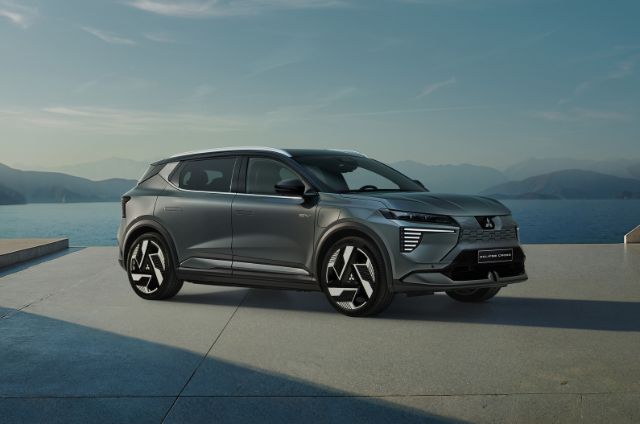Charging for the Long Haul: Smart Strategies for EV Battery Longevity
If you drive an EV and regularly commute long distances—especially in winter—you’ve likely asked: Should I charge to 80%, 90%, or 100%? The answer isn’t one-size-fits-all, but there’s a sweet spot that balances convenience, range, and battery health.
The Commute Dilemma: Range vs Battery Health
One EV driver in Ontario faces a 250 km round trip up to 15 times a month in a Hyundai Ioniq 6 AWD. In the warmer months, charging to 80% was enough. But as temperatures drop, energy consumption rises, and the car returns home with as little as 3% left.
This sparked a common concern in the EV community: Is it better to regularly charge to 100% and finish the day with a 20% buffer, or stick to 80% and risk deep discharges?
What the Experts (and Community) Say
Across dozens of insights from experienced EV owners and battery experts, one message came through clearly: Battery longevity is more about how long your car sits at extreme charge levels, not simply reaching them.
Charging to 100% is fine—especially if you drive shortly after. It’s prolonged exposure at 100% or below 5% that should be minimized. That’s where scheduled charging comes in. Many EVs allow you to set a “departure time,” letting your battery reach full charge just before your commute starts.
90–10%: The Real-World Sweet Spot
If your winter commute pushes your range to the limit, most EV drivers recommend charging to 90% and finishing your day around 10–15%. This strikes the perfect balance between maximizing range and minimizing battery wear.
Winter tires, cabin heating, and cold batteries all reduce range. Preconditioning your car while plugged in can also save energy and boost efficiency.
Bottom Line
Don’t stress over charging percentages. Use your battery confidently and intelligently. A well-planned 90–10% routine keeps you moving and protects your battery—no fast charging detours required.



